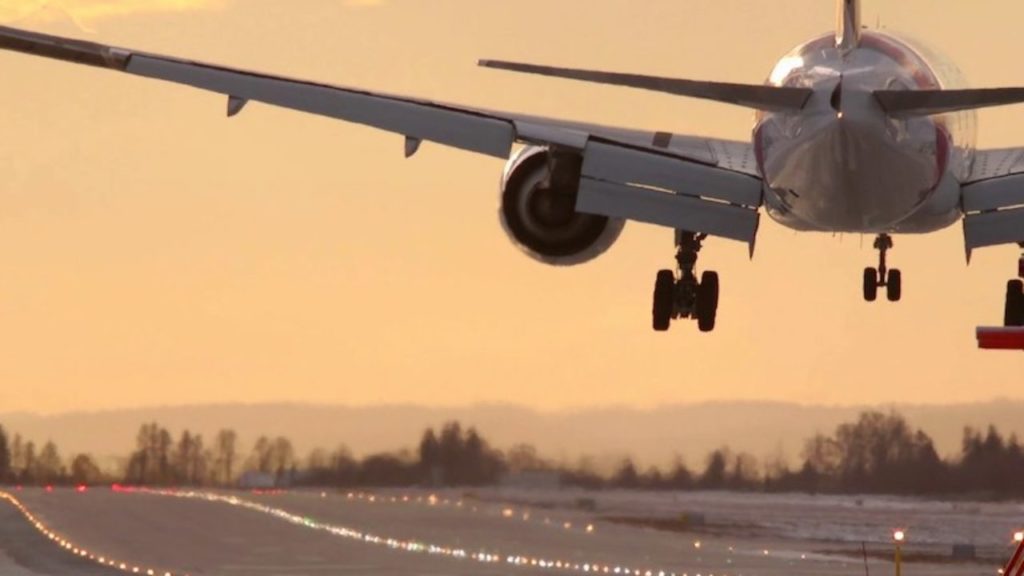Flights, Trains Can Be Cancelled Till April-End; Reach Airport 2 Hours Early To Catch Flight

As per the reports, the suspension of commercial flights and railway travel may be extended till month-end as all indications point towards an extension of the nationwide lockdown, which ends on April 14.
Contents
What Is The Decision?
Although both the civil aviation ministry and the railway ministry have prepared plans on enabling movement once the travel restrictions are lifted.
Further, the officials aware of the developments said the government is likely to resume transport only after reviewing the number of cases after 15 days.
A senior government official requesting anonymity said “The sense is that both passenger rail and flight services will have to remain suspended for another 15 days. We had initially estimated the curve would flatten but an unfortunate event occurred and, according to estimates, we would require an extended lockdown. In such a scenario you can’t have flights and trains running to undo all the progress else we might be looking at an ever more prolonged lockdown,”.
According to them, an order on the same may soon be issued by the DGCA.
What Is The Plan?
On Friday, there were reports about the government considering dividing the country into a red zone in which no transport will immediately be allowed, a yellow zone where restricted services will resume and a green zone where transport will be allowed free movement.
What Does Indian Railways Plan?
In case the restrictions are lifted on the national carrier, they are planning to ensure strict social distancing norms in trains, which includes mandatory thermal screening and no allotment of middle berth in the sleeper.
What About Air Travel?
As per the reports, the India’s airport sector has also prepared a ‘business continuity plan’ for the probable opening of commercial flight operations post lockdown.
In this regard, the Central Industrial Security Force (CISF) has asked for extra security measures to be implemented for the safety of its personnel in a letter written to the civil aviation ministry.
The CISF wrote to the civil aviation ministry saying “After completion of the lockdown period, if commercial aircraft operations resume in the domestic sector, there will be challenges to keep the CISF personnel and other stakeholders safe from the COVID-19 infections. The CISF has prepared a ‘Business Continuity Plan’ for the opening of commercial aircraft operations from the security perspective of aircraft operators, airline operators and CISF personnel,”.
Further, the plan includes setting up of separate earmarked, isolated security checking facilities across airports for carrying out security checks of passengers, crew and others, who have undergone home quarantine or hospital quarantine during the last one month.
According to the new plan submitted to the Ministry of Civil Aviation (MoCA), CISF said that when flight operation resumes, “passengers reaching timing at the airport will be two hours before their flight timing with proper protective gear eg; mask, gloves, and sanitizers.”
Moreover, the CISF also urged the civil aviation ministry that sanitizer bottles can be also placed at every exit and entry gates of the airports for passengers and employees.
Also, it proposes airlines should spread out the flight timings, to avoid gathering a large number of passengers.
The letter also said, “Reporting time for passengers to the airport should be increased up to 120 minutes, so that passengers may smoothly pass through all the channels like access control, random screening, check-in, Immigration (in case of International passengers) by maintaining appropriate distance,”.
Moreover, the Aviation regulator, the Directorate General of Civil Aviation (DGCA) is also preparing a standard operating procedure (SOP) to ensure social distancing among passengers and reducing contact with staff on board.
Basically, this includes measures like leaving the middle seats empty.
Also, the airports will have to ensure that the bunching of passengers is avoided while boarding and also that there is adequate spacing between passengers in queues.

Comments are closed, but trackbacks and pingbacks are open.